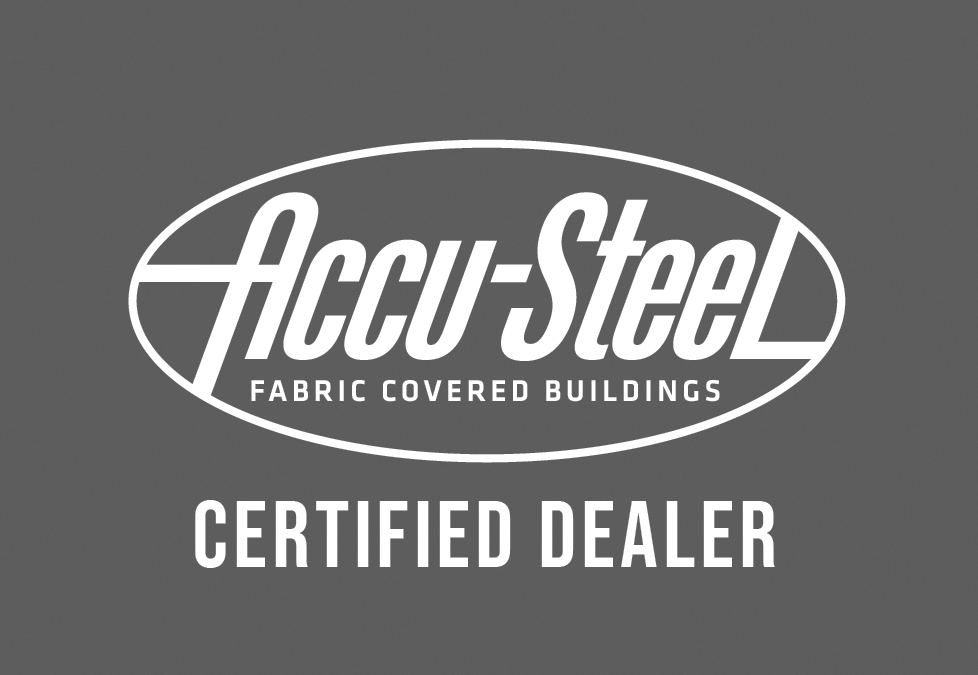Covering Your Athletic Complex
A fabric building for an athletic complex is a type of temporary structure that is typically made of a steel frame and covered with a fabric or fabric roof and walls. These buildings can be used for a variety of athletic activities, such as indoor sports, training facilities, and events. They are often used as a more cost-effective and flexible alternative to permanent buildings and can be set up and taken down quickly as needed. fabric buildings for athletic complexes may also include features such as lighting, ventilation, and heating/cooling systems to ensure a comfortable environment for athletes and spectators.
Organizations
A fabric building for an athletic complex would benefit a variety of individuals and organizations, such as:
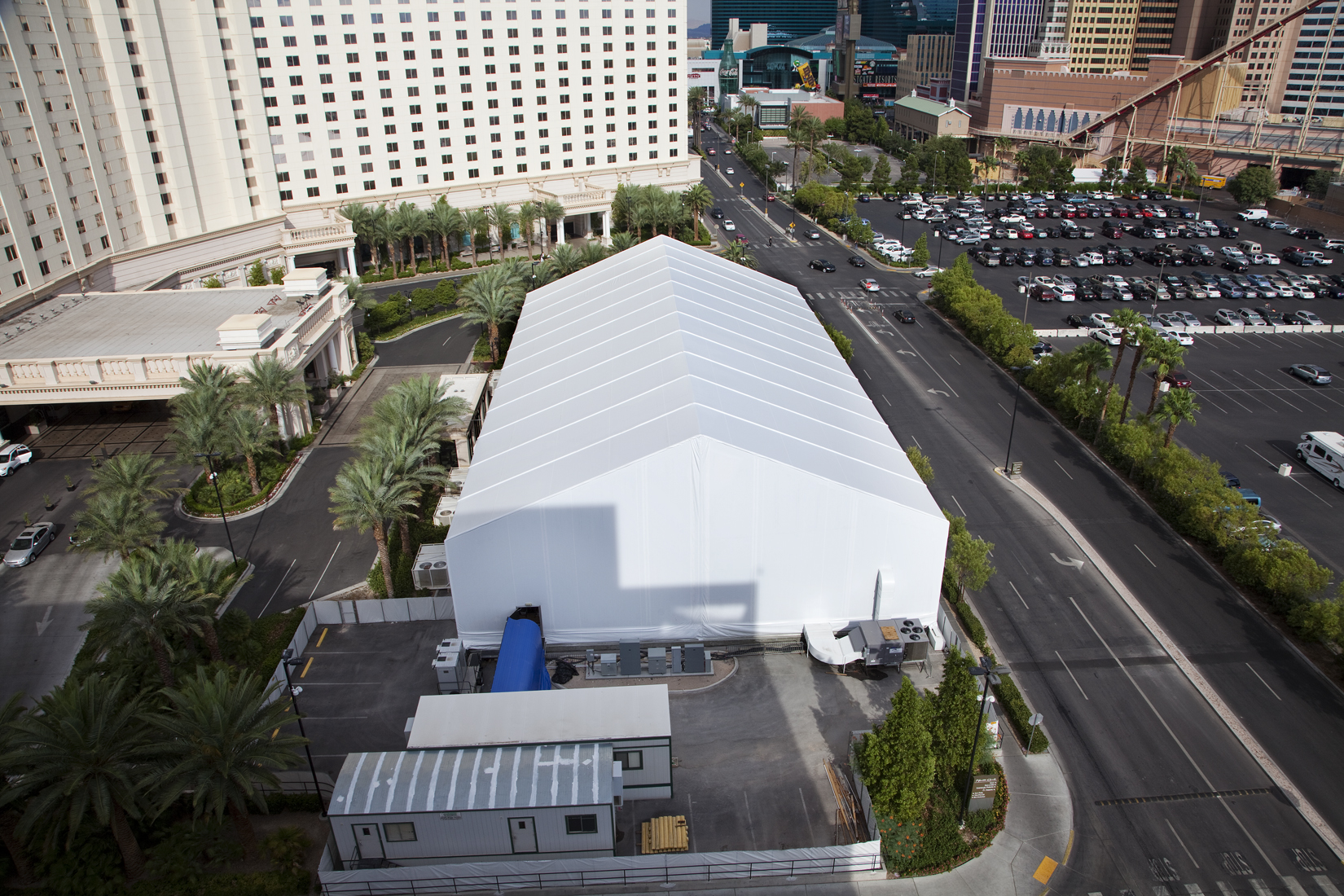
Athletes and Teams
The building would provide a covered space for sports training and competitions, regardless of the weather conditions.
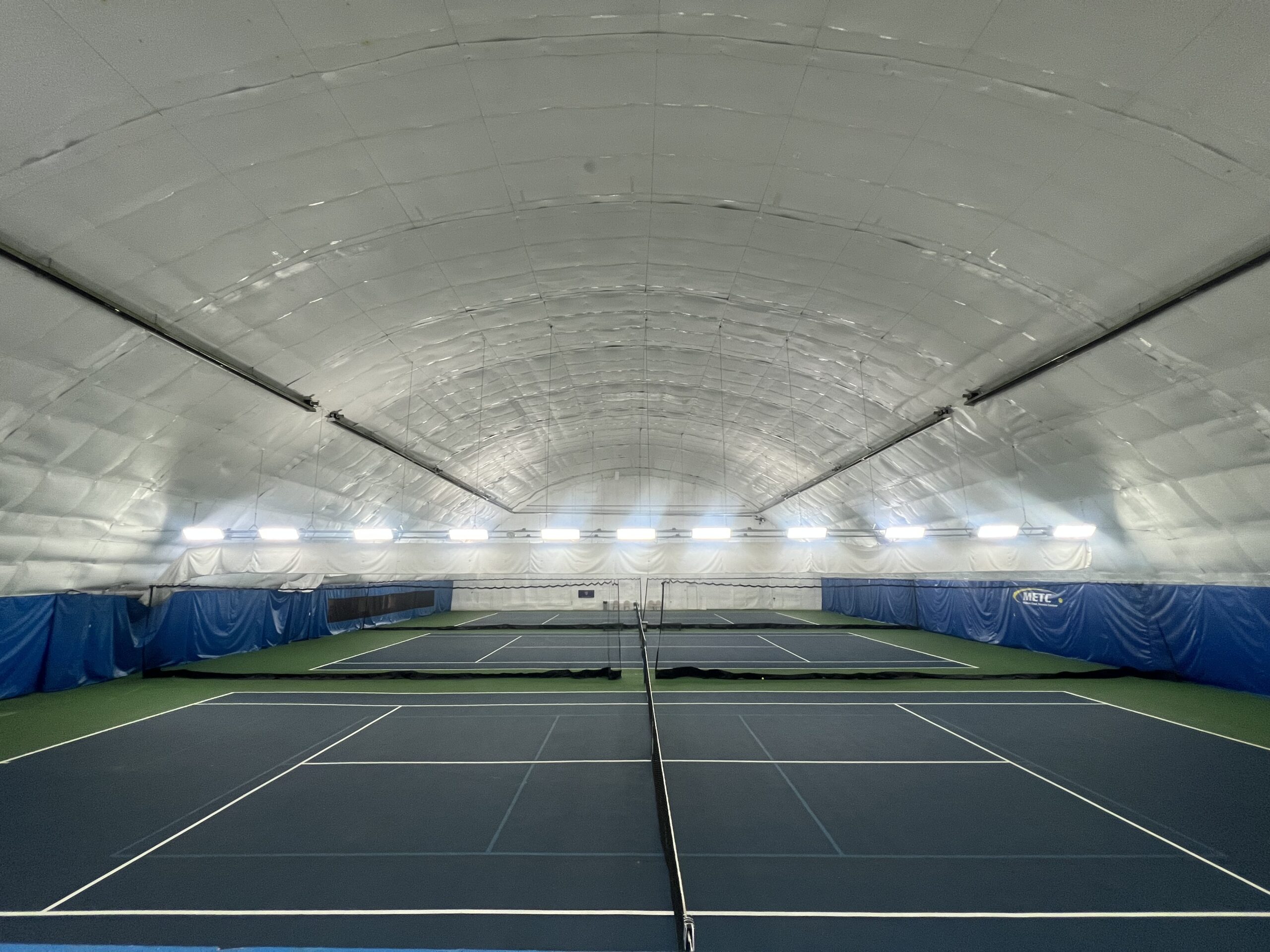
Sports Clubs and Organizations
The building would provide a venue for events, tournaments and games.
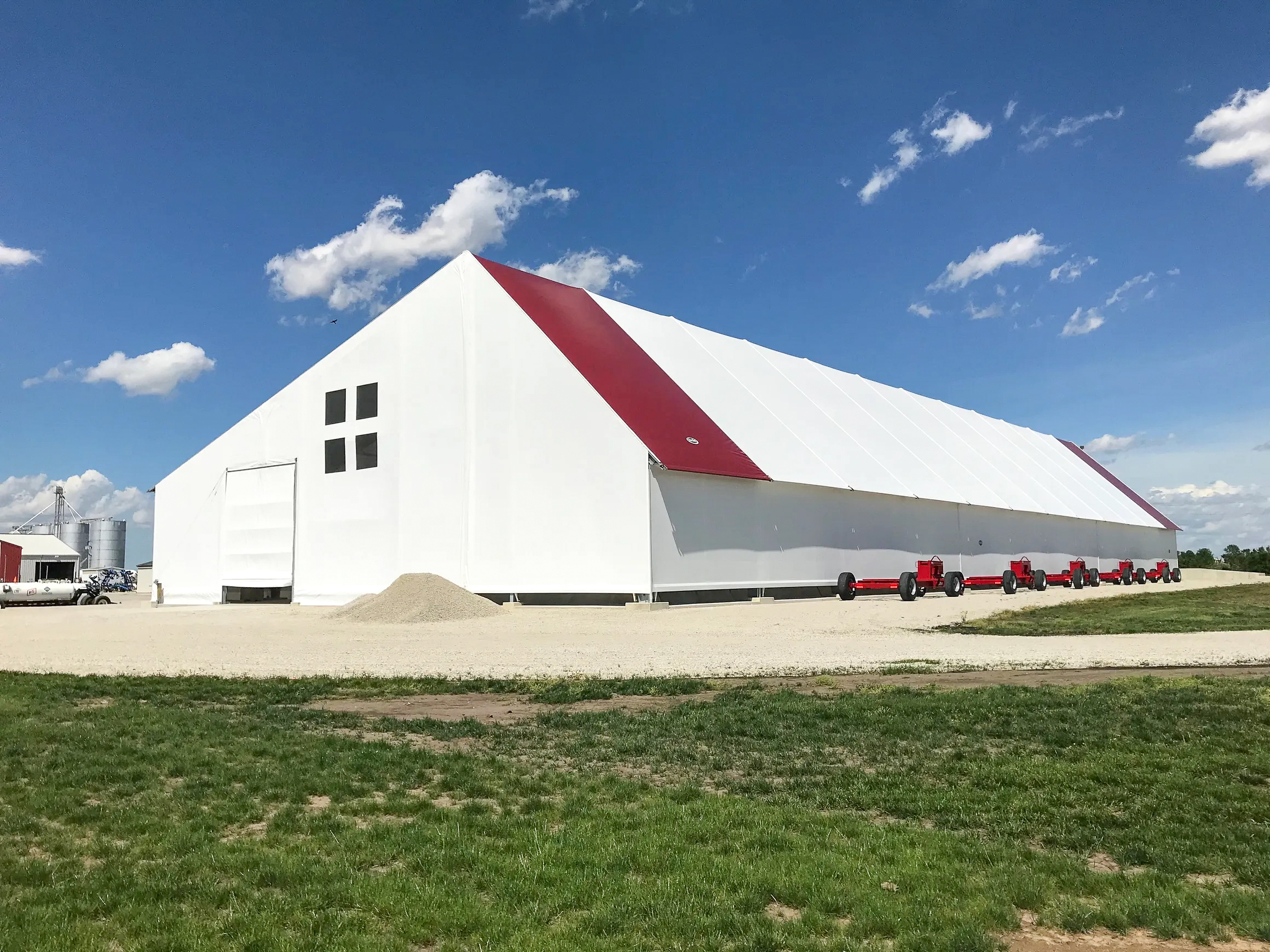
Schools and Universities
The building would provide a space for physical education classes and sports teams to practice and compete.
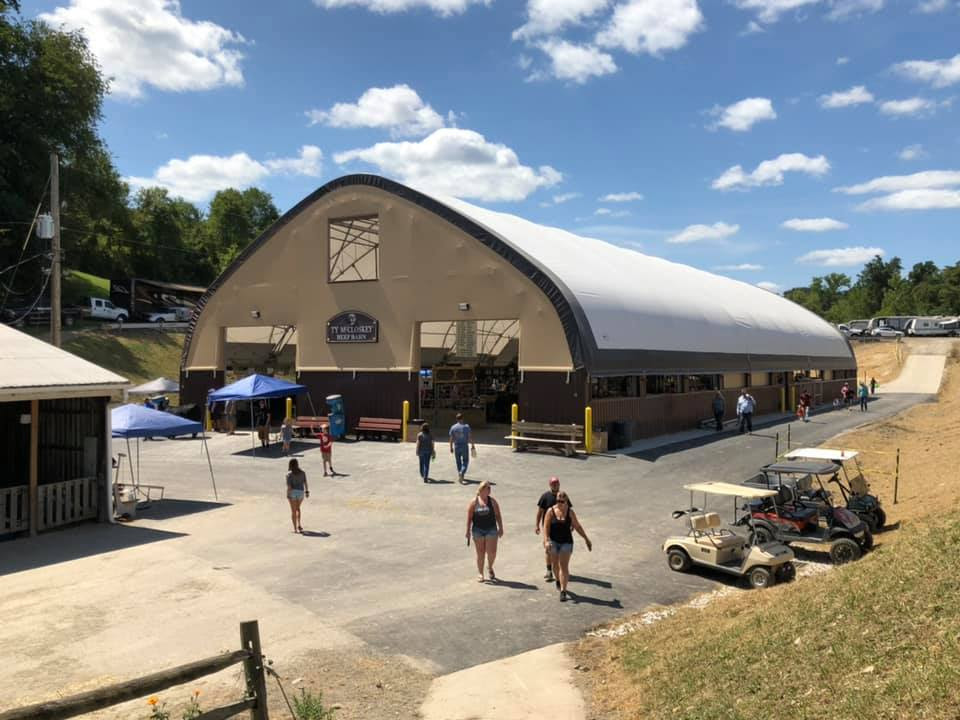
Communities
The building would provide a space for local sports clubs and organizations to hold events and games, increasing the access to sports for community members.
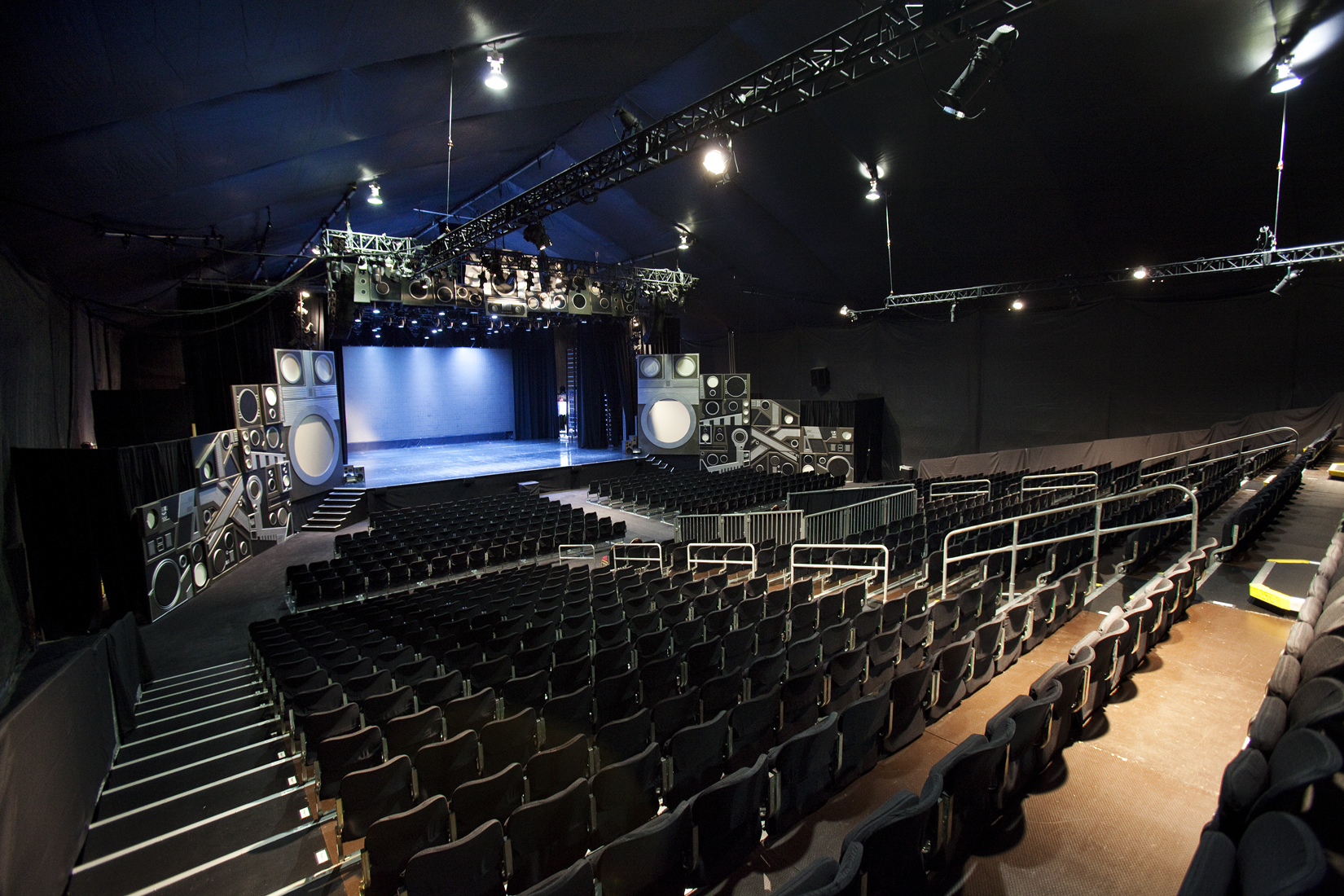
Event Organizers
A fabric building for an athletic complex can be used for different events like sports events, music concerts, festivals and many more.
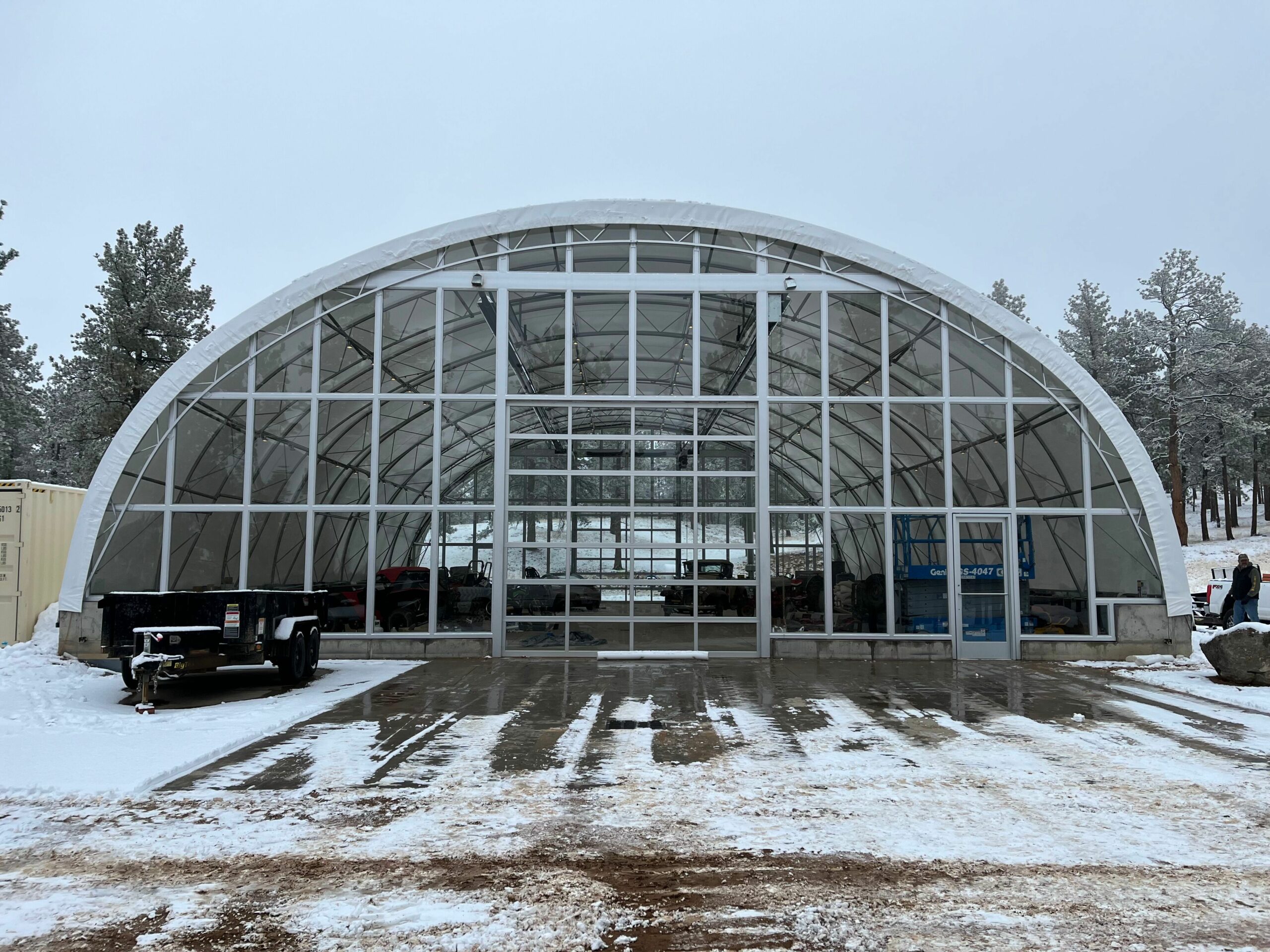
Businesses
The building would provide a space for sports-related businesses, such as sports equipment retailers and sports training providers, to operate.
Our clients love fabric buildings for athletic complexes because they are flexible and cost-effective solutions.
More Ways We Cover Athletes
A fabric building for an athletic complex can support a wide range of athletic activities, including:

Indoor Sports
Sports such as basketball, volleyball, soccer, and gymnastics can be played in a fabric building, which would provide a covered space for games and competitions, regardless of the weather conditions.
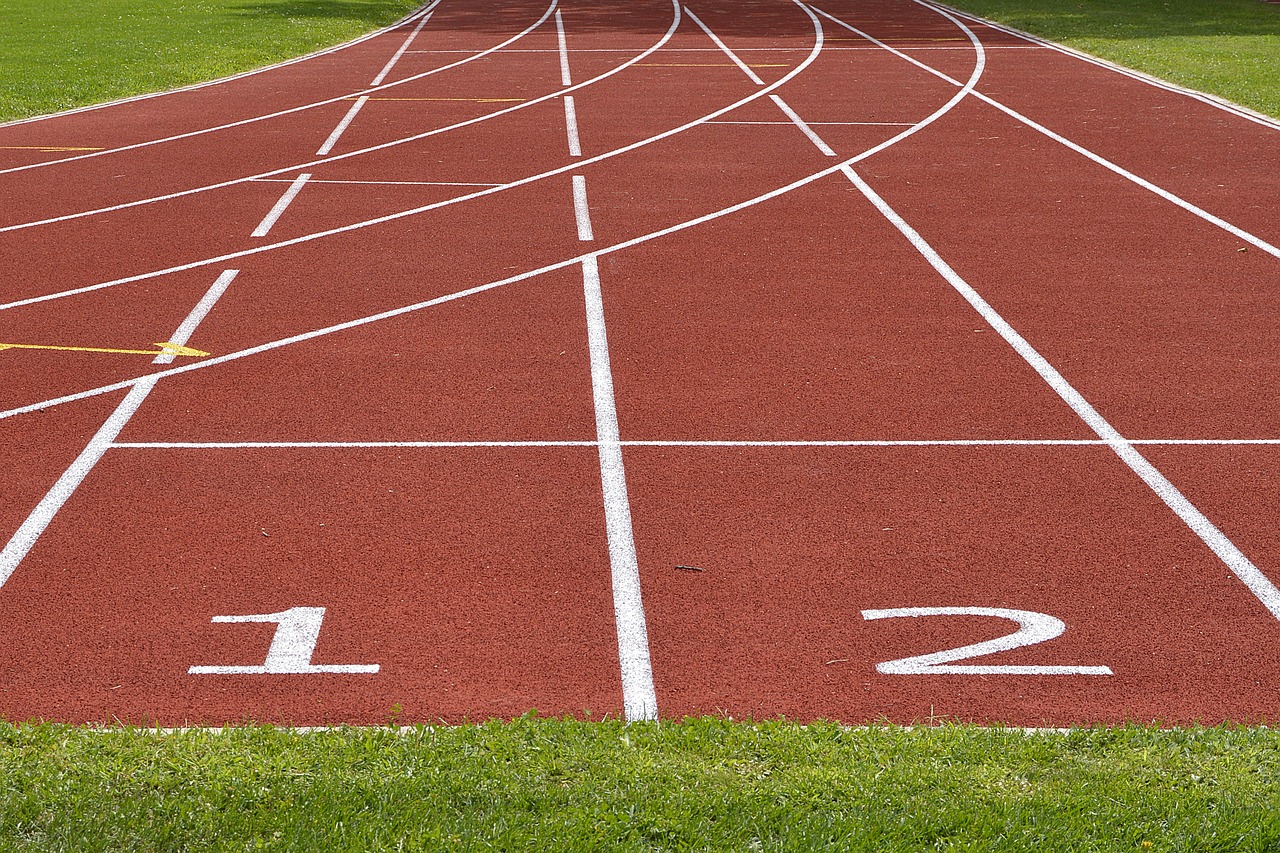
Track and Field
The building can provide an indoor track, allowing athletes to train and compete in events such as running, jumping and throwing, even in bad weather.
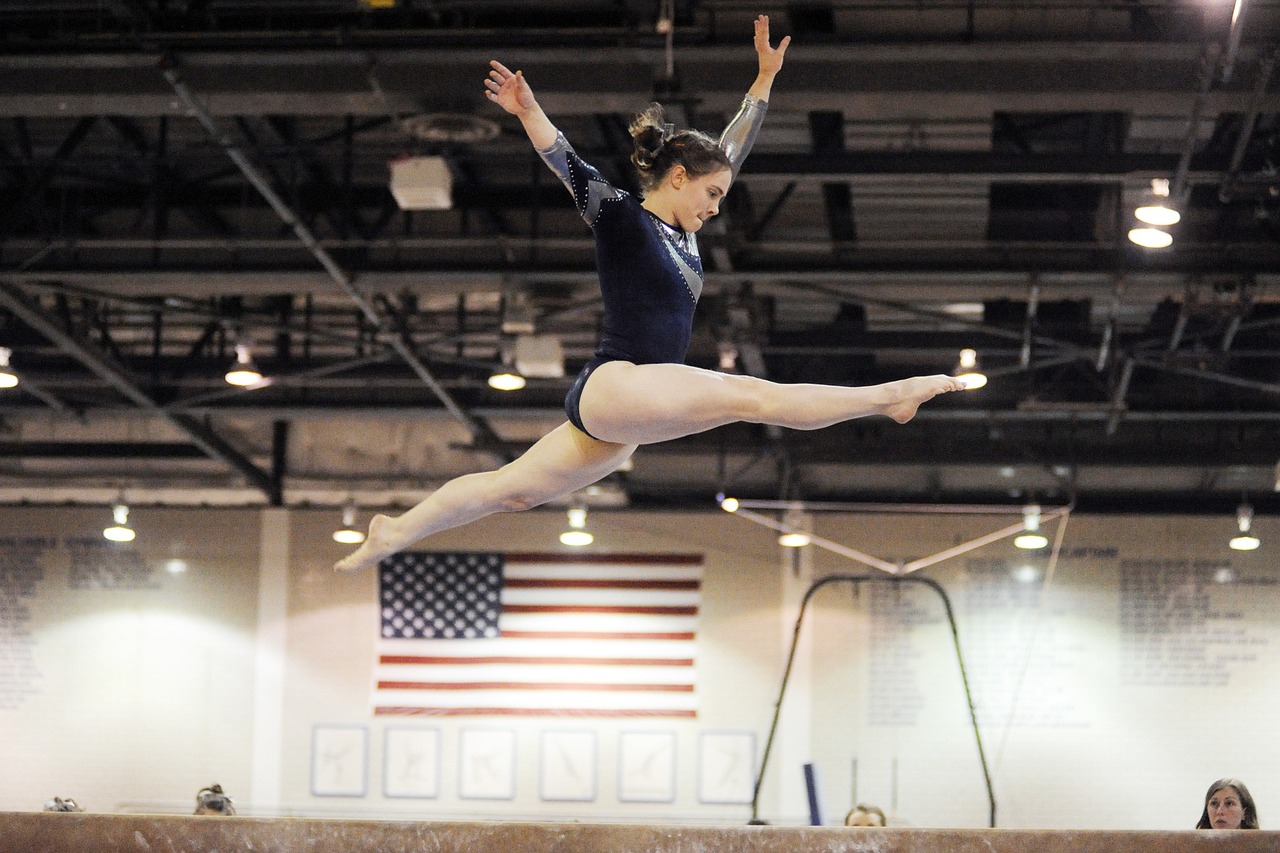
Gymnastics
The building can provide a space for gymnasts to practice and compete on equipment such as beams, bars, and vaulting horses.
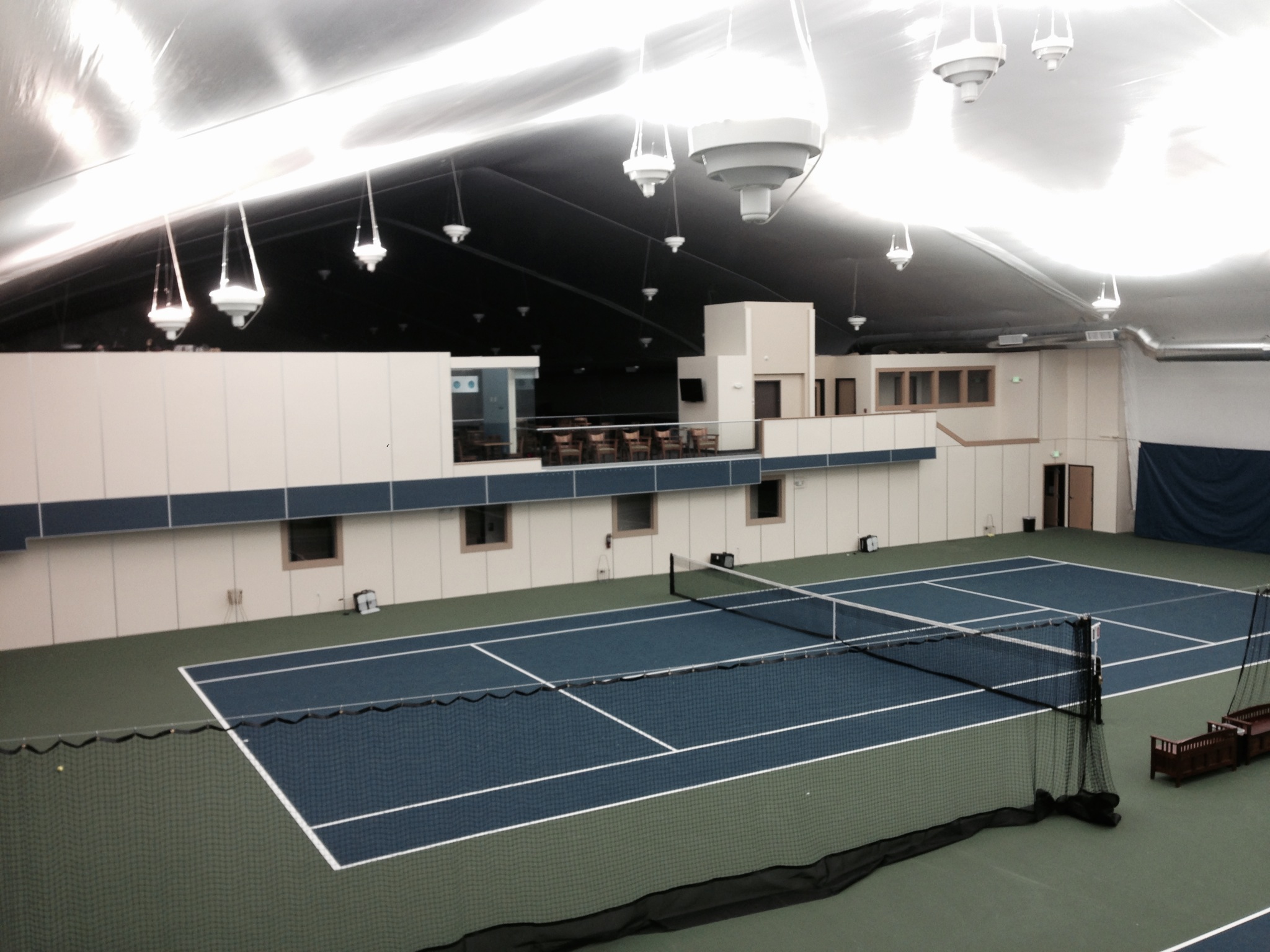
Tennis Courts
Some sports clubs use fabric buildings to create indoor facilities to host competitions and tournaments. This allows them to host events year-round, regardless of weather conditions.
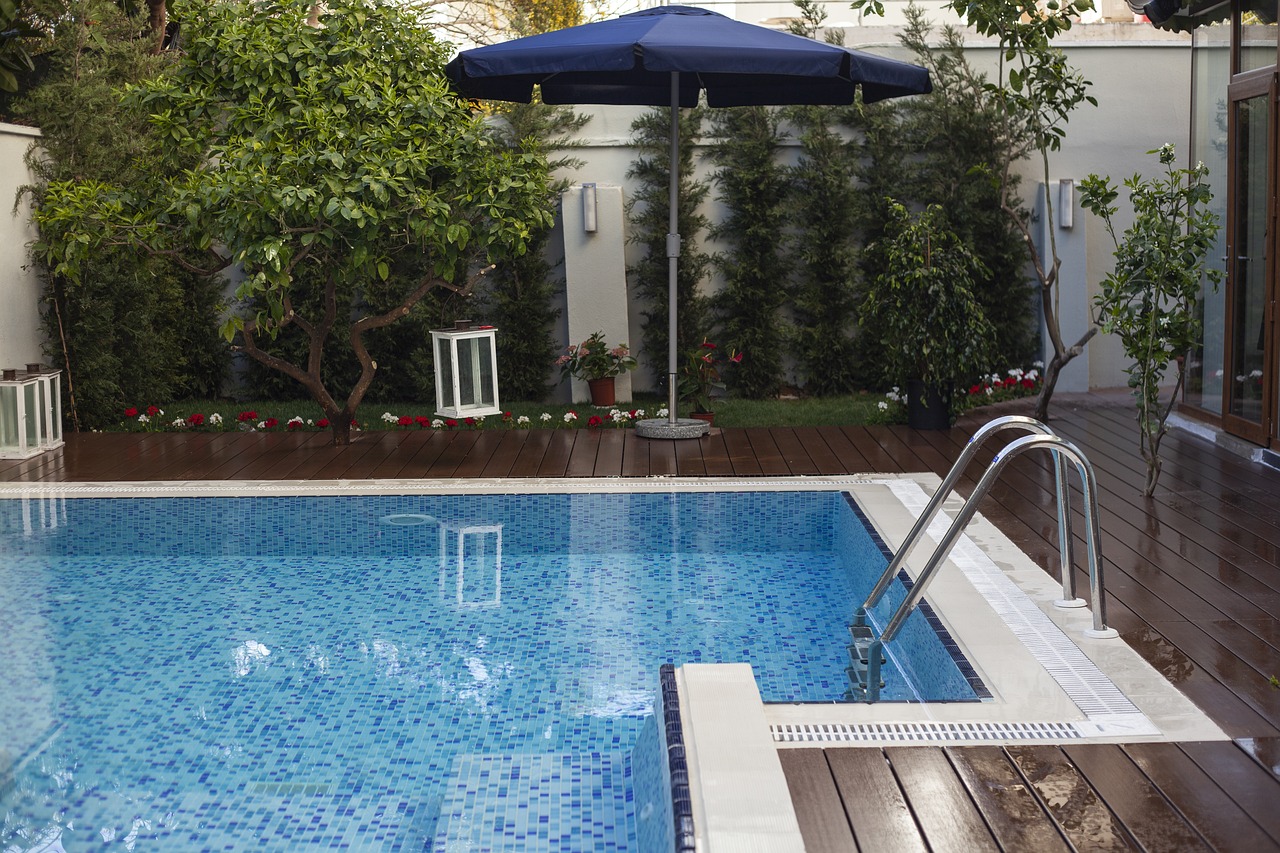
Swimming
A fabric building can be used to construct a community swimming pool or water park, providing residents with access to a recreational facility without the need for a permanent, expensive building.
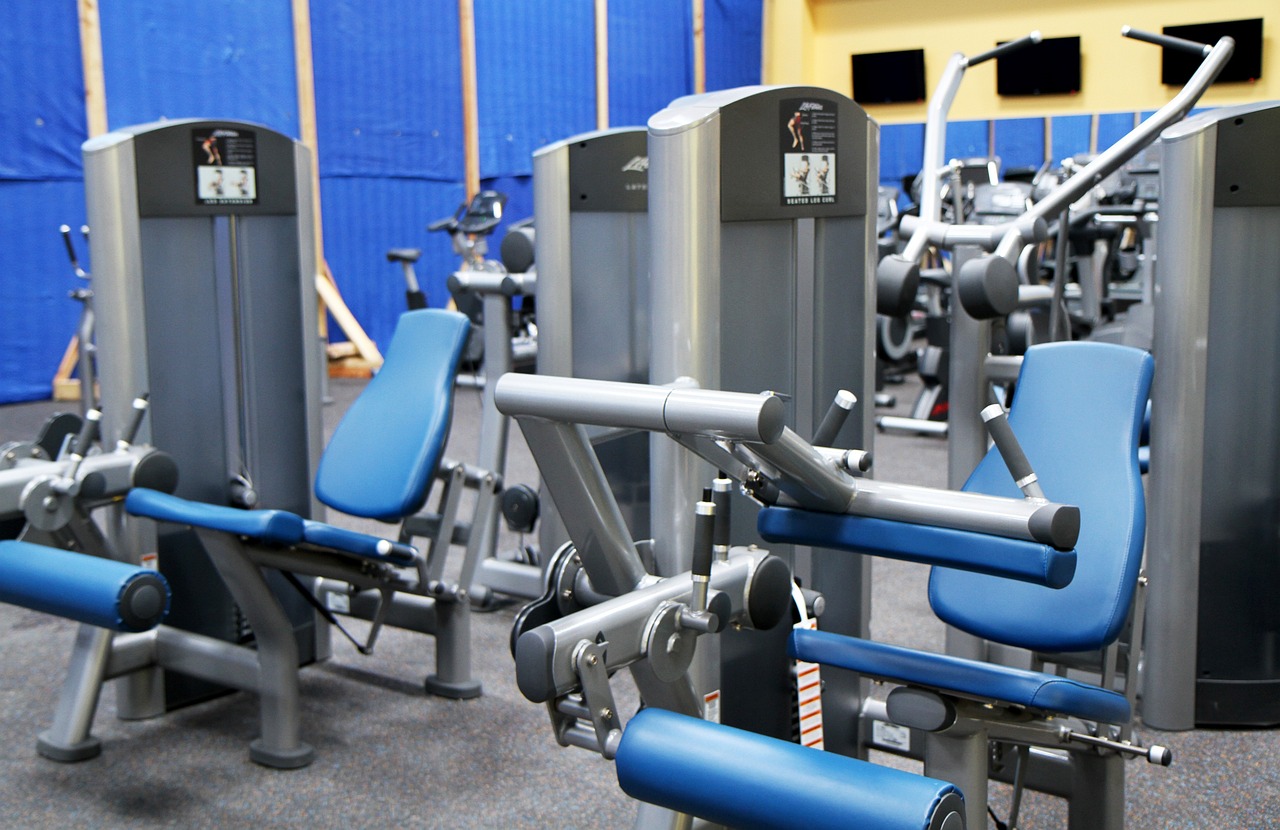
Training
The building can provide a space for athletes to train, regardless of the weather. It can also provide a space for fitness enthusiasts to exercise and work out.
Overall, a fabric building for an athletic complex can support a wide range of athletic activities, providing a flexible and cost-effective solution for sports training, competitions, and events.
Why fabric athletic complexes are better than traditional buildings
Natural light
Fabric buildings often have large windows which allow for more natural light, this can help to reduce electricity costs, and also provide a more pleasant environment.
Temperature control
Fabric buildings can be designed with ventilation systems and heating/cooling systems to ensure a comfortable environment for athletes to practice and compete year-round.
Weather-resistant
Fabric buildings can provide a covered space for sports and activities, regardless of the weather conditions. This can allow for more consistent training and competition schedules and can provide athletes with a more comfortable environment.
Cost-effective
Fabric buildings are typically less expensive to construct and maintain than traditional structures, making them a cost-effective solution for organizations and individuals with limited budgets.
Aesthetics
Fabric buildings can be designed in a variety of different styles and colors, which can give a more attractive and modern look to the athletic complex.

